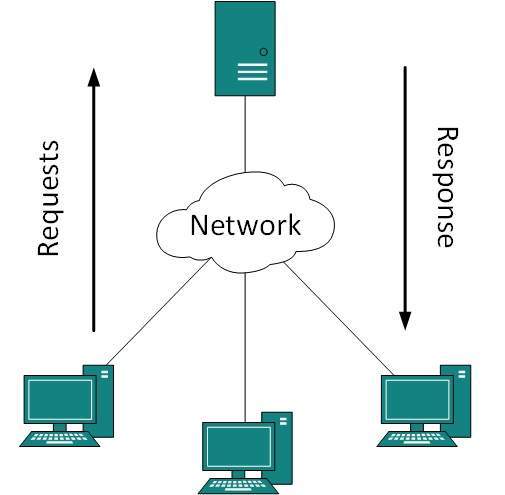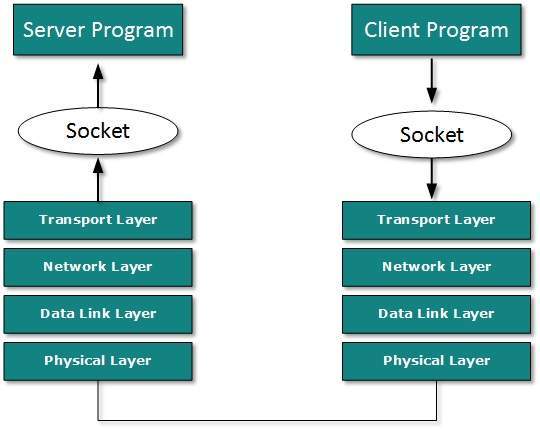
- DCN Tutorial
- Data Comm & Networks Home
- DCN - Overview
- DCN - Computer Network Types
- DCN - Network LAN Technologies
- DCN - Computer Network Topologies
- DCN - Computer Network Models
- DCN - Computer Network Security
- Physical Layer
- DCN - Physical Layer Introduction
- DCN - Digital Transmission
- DCN - Analog Transmission
- DCN - Transmission media
- DCN - Wireless Transmission
- DCN - Multiplexing
- DCN - Network Switching
- Data Link Layer
- DCN - Data Link Layer Introduction
- DCN - Error detection and Correction
- DCN - Data Link Control & Protocols
- Network Layer
- DCN - Network Layer Introduction
- DCN - Network Addressing
- DCN - Routing
- DCN - Internetworking
- DCN - Network Layer Protocols
- Transport Layer
- DCN - Transport Layer Introduction
- DCN - Transmission Control Protocol
- DCN - User Datagram Protocol
- Application Layer
- DCN - Application Layer Introduction
- DCN - Client-Server Model
- DCN - Application Protocols
- DCN - Network Services
- DCN Useful Resources
- DCN - Quick Guide
- DCN - Useful Resources
Client Server Model
Two remote application processes can communicate mainly in two different fashions:
Peer-to-peer: Both remote processes are executing at same level and they exchange data using some shared resource.
Client-Server: One remote process acts as a Client and requests some resource from another application process acting as Server.
In client-server model, any process can act as Server or Client. It is not the type of machine, size of the machine, or its computing power which makes it server; it is the ability of serving request that makes a machine a server.

A system can act as Server and Client simultaneously. That is, one process is acting as Server and another is acting as a client. This may also happen that both client and server processes reside on the same machine.
Communication
Two processes in client-server model can interact in various ways:
Sockets
Remote Procedure Calls (RPC)
Sockets
In this paradigm, the process acting as Server opens a socket using a well-known (or known by client) port and waits until some client request comes. The second process acting as a Client also opens a socket but instead of waiting for an incoming request, the client processes ‘requests first’.

When the request is reached to server, it is served. It can either be an information sharing or resource request.
Remote Procedure Call
This is a mechanism where one process interacts with another by means of procedure calls. One process (client) calls the procedure lying on remote host. The process on remote host is said to be Server. Both processes are allocated stubs. This communication happens in the following way:
The client process calls the client stub. It passes all the parameters pertaining to program local to it.
All parameters are then packed (marshalled) and a system call is made to send them to other side of the network.
Kernel sends the data over the network and the other end receives it.
The remote host passes data to the server stub where it is unmarshalled.
The parameters are passed to the procedure and the procedure is then executed.
The result is sent back to the client in the same manner.